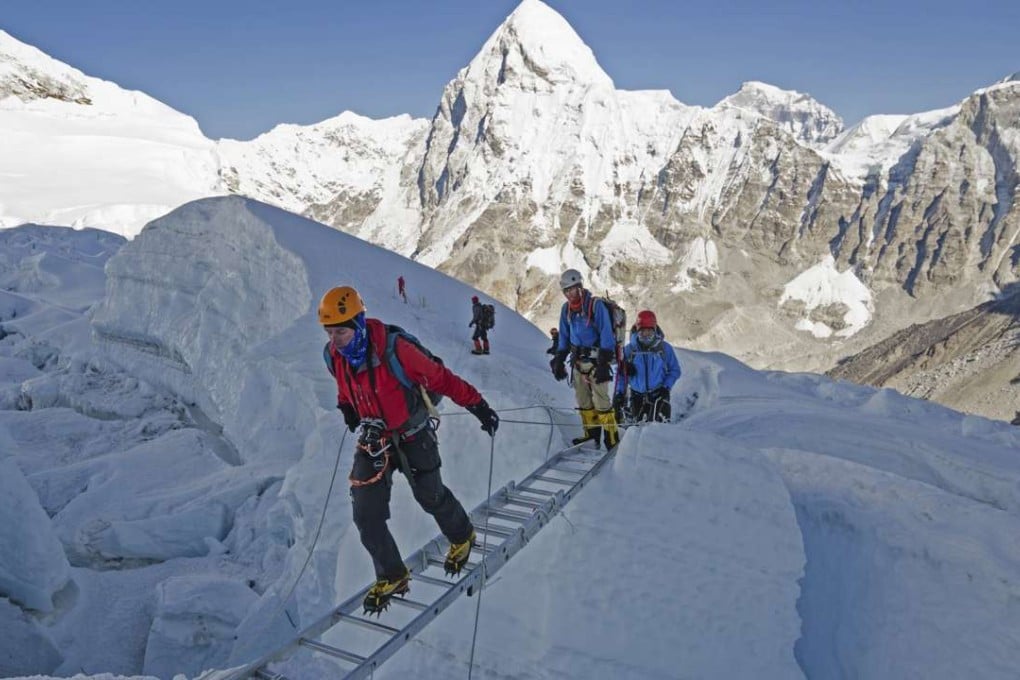How rush by Hongkongers and others to climb Everest is changing the mountain
Climbers like Stephen Venables say the rise in the number of people visiting world’s highest peak brings added revenue for Sherpas, but also more trash, and pushes prices up for Nepali locals

Stephen Venables etched his name into mountaineering folklore when he became the first Englishman to conquer Everest without the aid of supplementary oxygen. The sense that enveloped him when he reached the roof of the world – at about 3.40pm on May 12, 1988 – was one of complete isolation, Venables recalls, as he took in the scene at 8,848 metres. After a short while, he focused his attention on his descent – and survival.
Four recent films about Everest, from Hollywood affair to gritty documentaries

The danger might remain but times have certainly changed on the world’s highest peak.
“It’s unrecognisable now,” says Venables, on a recent trip to Hong Kong during which he addressed the Royal Geographical Society. “Back in 1988, the days of people being guided up the mountain had just started. It was hard to get a permit.
“We went to the east face simply because we couldn’t get a permit for the north face. And back in the ’70s, there was one permit per season, one expedition. Things have changed drastically.”
There were just six successful summits undertaken in the year Venables reached the top. When the 2016 spring climbing season closed – it starts in early May and, weather permitting, lasts about two weeks in a good year – it was estimated that just over 450 had reached the top.
In the aftermath of a climbing season that saw six people die during attempts to climb Everest, debate about the situation continues to simmer. This year’s season opened under a shadow. In 2013, there was a very public clash between a European climber and a group of Sherpas, the locals hired as porters and guides. It escalated into violence and brought an early end to the season.